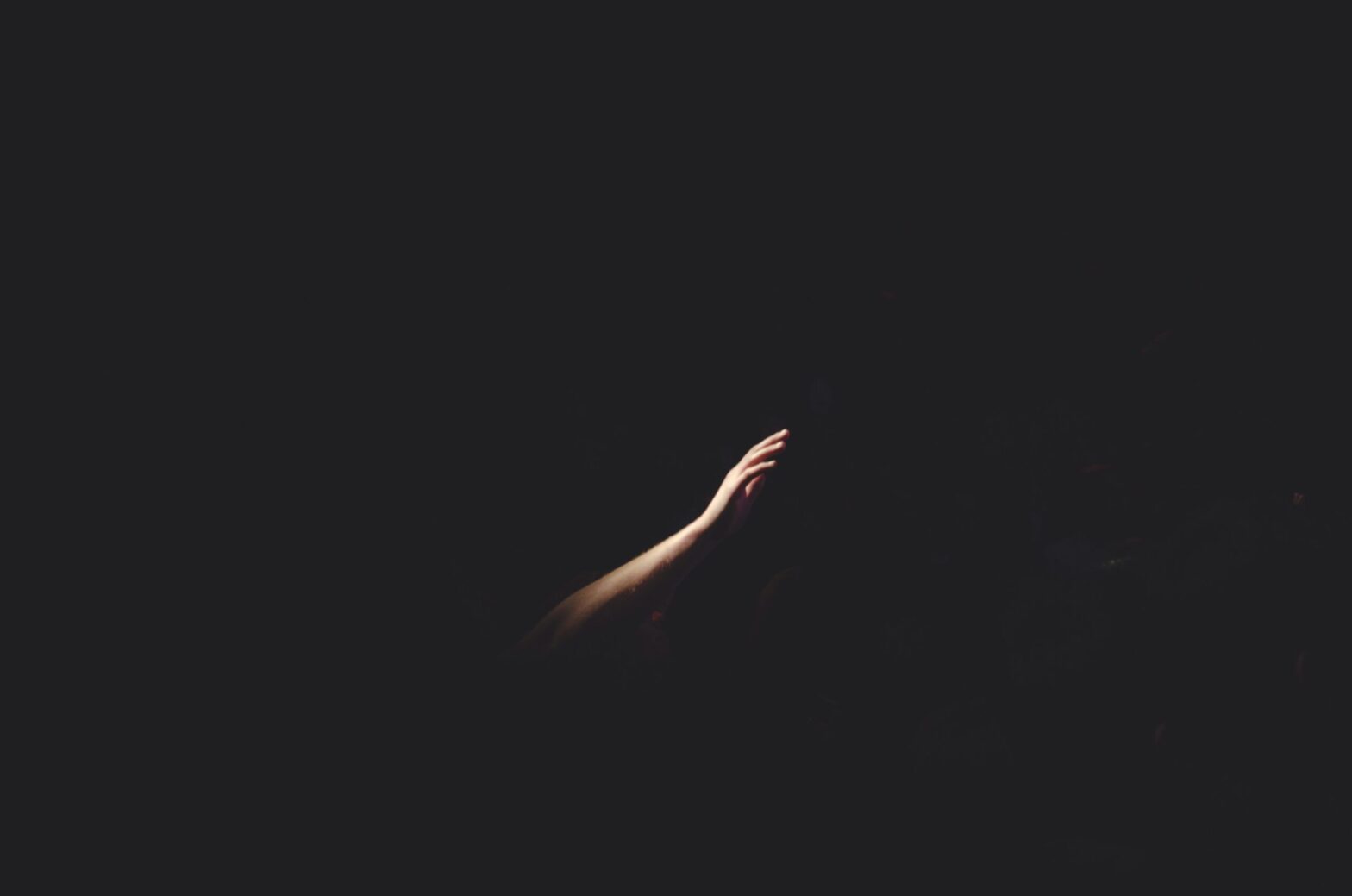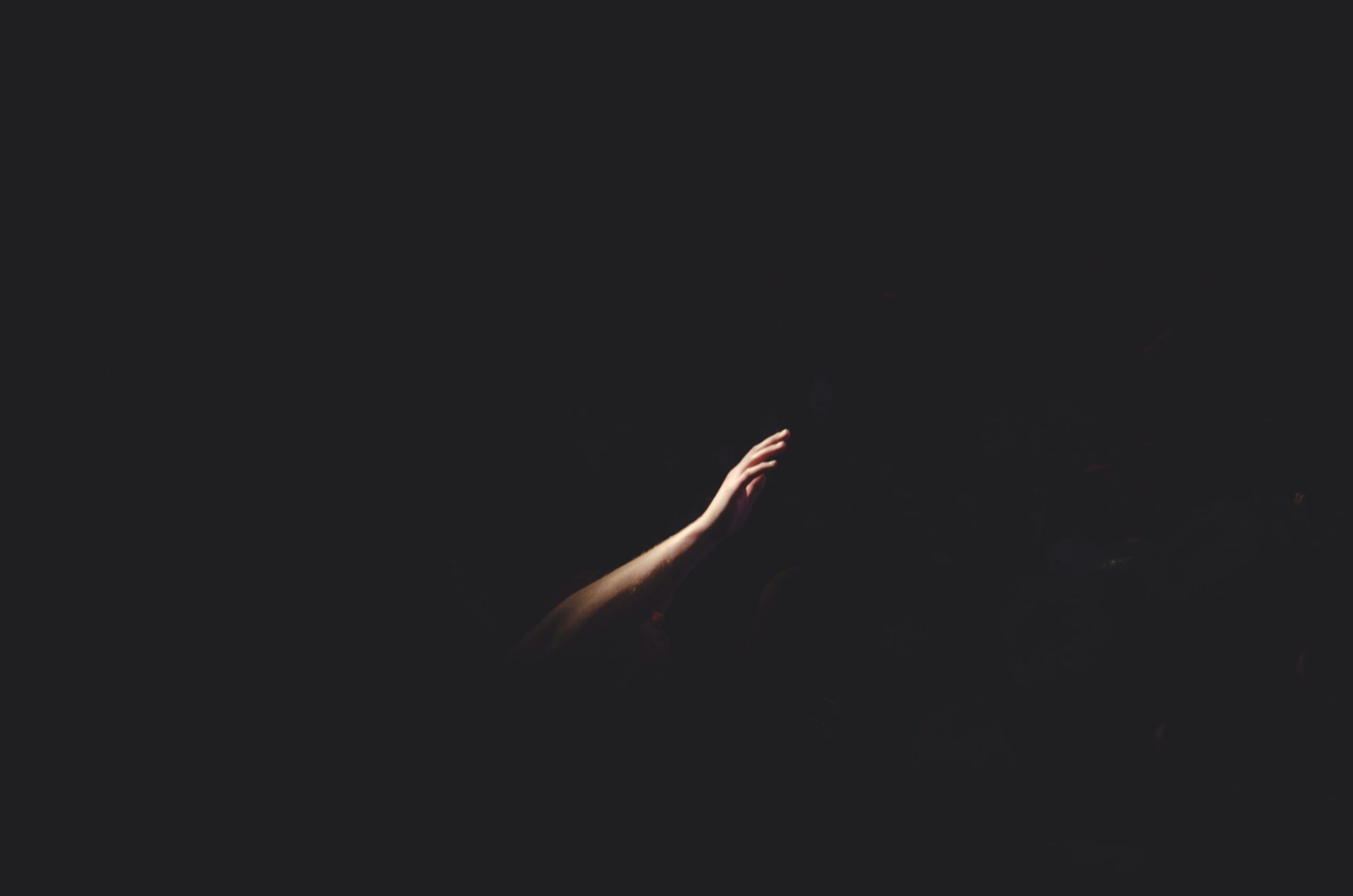
Mem Moment
Moishe Moment: Connecting through Darkness & Light

By Emily Rogal (MHWOW Jewish Life Specialist)
Parshat Bo “Come”
In Parashat Bo, we see the conclusion of the ten plagues that the Egyptians suffer at the cause of Pharaoh’s refusal to release the Israelites from bondage – locusts, darkness, and the death of the firstborn. Between the long, sunless evenings of winter and the constant suffering that we are witnessing in our world, it is impossible to read this parashah and not think of suffering. The text tells us of the thick darkness of the ninth plague: “there was thick darkness throughout all the land of Egypt, for three days, a man could not see his brother, and a man could not arise from his spot, for three days.” (Exodus 10:21). The nineteenth century Hasidic commentator Even HaEzel expounds that the true disaster was not that they could not physically see one another, but rather could not relate to each other: “‘A man could not see his brother’ –they did not feel the other’s distress.” Kendra Saperstein, a Black rabbinical student and writer, cautions us against the usage of darkness as inherently evil. They write: “Darkness gives cover. Darkness is transition. Darkness is magic.” What would it look like to complicate our ideas of the plague of darkness? To see darkness as spaciousness, as rest, as necessary for us to question what and who is not seen? The true plague, our tradition teaches us, is that which disconnects us from our own humanity and the humanity of others. May we live in between the light and dark, interconnected and intertwined – always seeing and committing to alleviating the suffering of others.